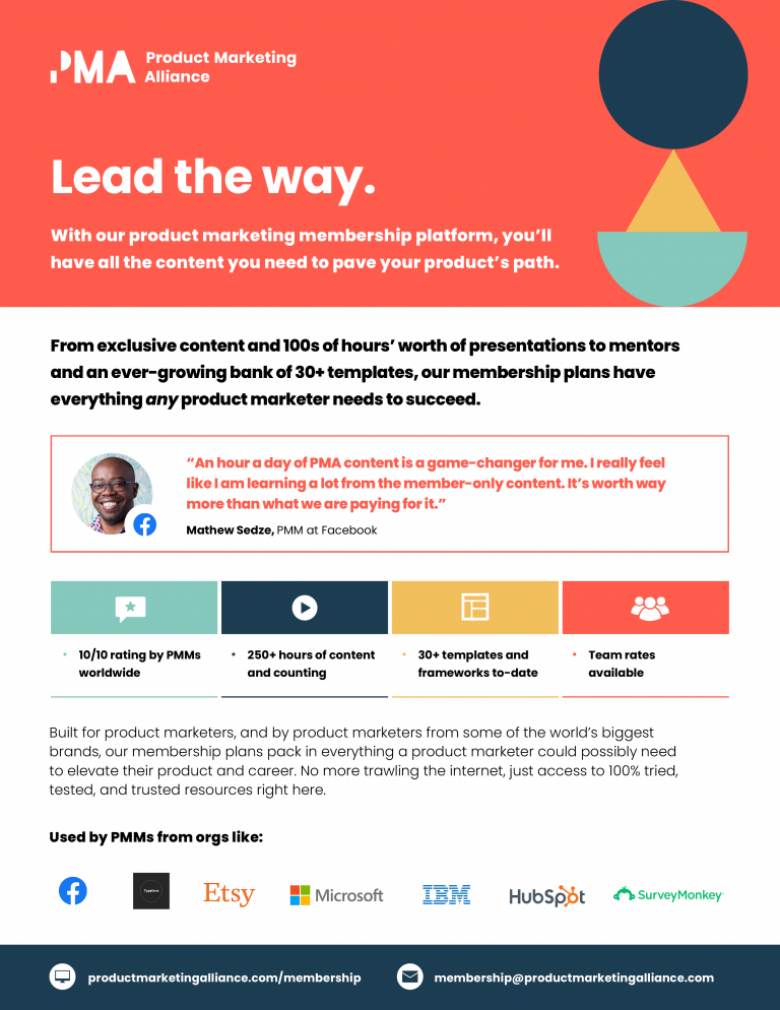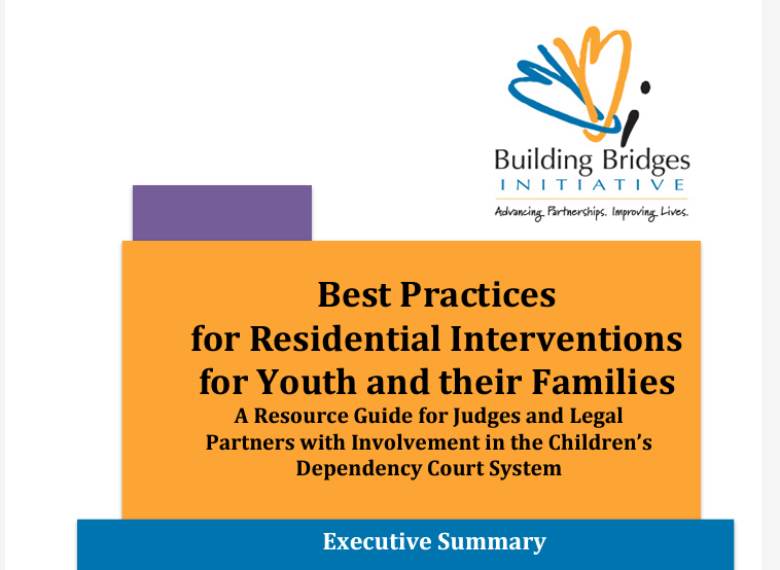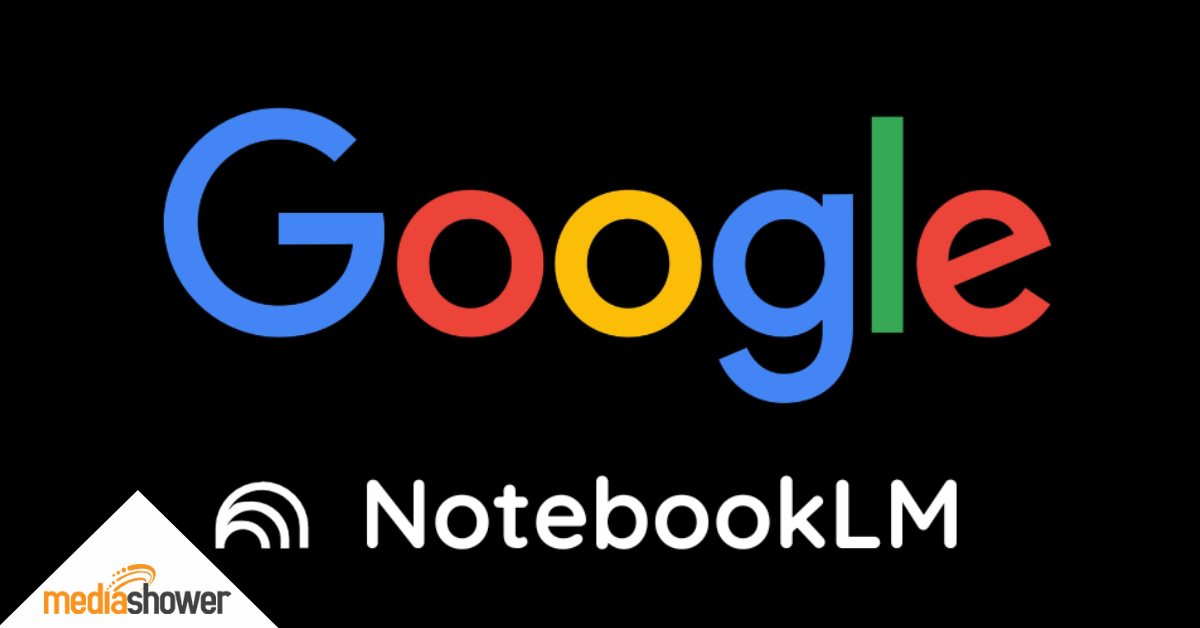
NotebookLM (NLM) isn’t just another AI tool. Built by Google, this document-driven assistant is changing the way marketers work with complex, source-heavy content.
While ChatGPT excels at brainstorming and quick copy, NLM when you need to organize, analyze, and synthesize multiple files into something useful—and usable.
Think of it as your always-on research strategist. Upload decks, reports, transcripts, or campaign briefs. Ask smart questions. Get clear, citation-backed answers.
Then turn those answers into messaging, strategy, or content.
Learn more about what NotebookLM can do and how it works in the video below.
What NotebookLM Can Do for Marketers
Google’s NotebookLM (NLM) isn’t getting the same attention as the more popular generative AI tools, like ChatGPT and Gemini—yet. But savvy marketers are catching on and making powerful use of it.
When your work involves dozens of documents, internal reviews, or cross-functional inputs, you don’t need an idea generator. You need a synthesizer.
NLM thrives in content-rich environments, helping teams align faster, think bigger, and waste less time hunting through documents.
Here’s why it works so well in a marketing context:
- Multi-source memory: Upload product guides, whitepapers, slide decks, or interview transcripts—NLM reads and remembers them all.
- Cited answers, not guesses: Every response includes a source link, so your team stays aligned and your insights stay traceable.
- Faster strategic clarity: Extract exactly what you need—from messaging themes to data-backed proof points—without reinventing the wheel.
- Website-friendly inputs: Paste in URLs from live websites, and NLM will analyze the full content just like a document.
For content strategists, brand managers, and demand-gen teams juggling fragmented content and fast deadlines, NotebookLM is a welcome upgrade.
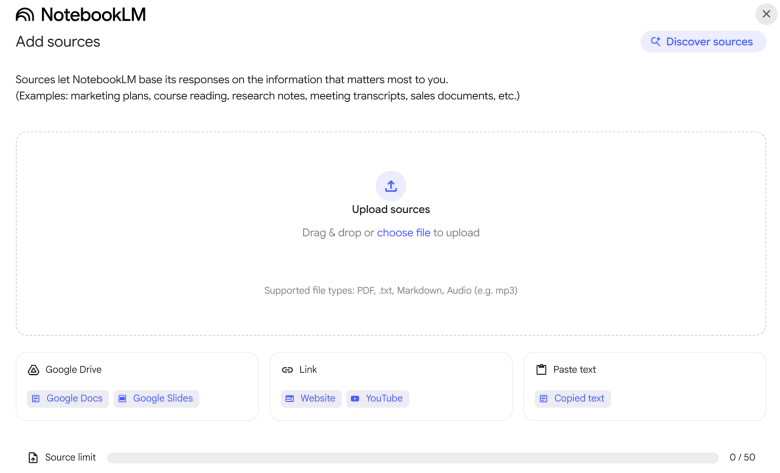
NotebookLM lets you upload many types of content.
Examples of Marketing Use Cases for NotebookLM
Here are 11 practical use cases where NLM gives marketers a true advantage.
1. Repurpose long-form content into social posts
Upload: Blog posts, whitepapers, and case studies
Ask it to: Extract tweet-sized insights, LinkedIn carousels, or post variations from the core message
What it does well: It surfaces key soundbites from across your content library and reshapes them for fast, repeatable social publishing.
2. Summarize competitor research
Upload: Competitor decks, product pages, and analyst reports
Ask it to: Compare competitive positioning, product features, and tone across competitors
What it does well: It decodes how rivals present themselves and gives you a concise competitive landscape without the spreadsheet sprawl.
3. Build strategic briefs from internal source documents
Upload: Stakeholder notes, customer surveys, and internal memos
Ask it to: Draft strategy one-pagers, creative briefs, or campaign summaries
What it does well: NotebookLM cuts through clutter, synthesizing diverse inputs into clear, on-message summaries ready for signoff.
4. Create audience personas from voice-of-customer data
Upload: Support transcripts, product reviews, and open-ended survey responses
Ask it to: Identify patterns and build target personas and customer journey maps from actual customer language
What it does well: It clusters recurring themes into messaging-ready customer personas, grounded in real-world feedback.
5. Extract content ideas from analytics reports
Upload: Campaign dashboards, post-mortems, and testing summaries
Ask it to: Suggest future content based on what’s performed best
What it does well: It connects past performance with new opportunities—so your content plan stays data-driven and high-impact.
6. Turn webinars and transcripts into content hubs
Upload: Webinar transcripts, slides, and speaker notes
Ask it to: Generate blog recaps, FAQs, email follow-ups, and social clips
What it does well: One event turns into a multi-channel content bundle—without bouncing between tools.
7. Consolidate research across sources
Upload: Research reports, interview transcripts, market data, and planning docs
Ask it to: Synthesize findings into insights decks, campaign angles, or executive summaries
What it does well: NLM links ideas across docs and lets you query everything—perfect for surfacing fast facts and stats without re-reading
8. Compare product messaging across internal teams
Upload: Sales decks, onboarding guides, support docs, and brand one-pagers
Ask it to: Spot misaligned messaging and highlight inconsistencies
What it does well: It audits language across teams to ensure your brand is speaking with one voice—even if it’s written by five departments.
9. Extract insights from customer interview transcripts
Upload: Discovery call summaries, interviews, and qualitative research
Ask it to: Highlight top pain points, motivations, and emotional language
What it does well: It distills dozens of pages into insight clusters that drive messaging, UX decisions, and product direction.
10. Map campaign results to strategic goals
Upload: Creative briefs, campaign recaps, and performance reports
Ask it to: Evaluate how outcomes aligned with original KPIs
What it does well: NotebookLM compares intent to impact—making post-mortems faster, clearer, and more actionable.
11. Maintain a living brand knowledge base
Upload: Brand guidelines, tone-of-voice docs, past campaign examples, and customer personas
Ask it to: Serve as a central reference point for writers, designers, and sales.
What it does well: It becomes your source-of-truth brand book, searchable and always up to date.
12. Repurpose long-form content into podcast-style audio
Upload: Strategy docs, whitepapers, or internal reports
Ask it to: Generate Audio Overviews that summarize your materials in a podcast-style conversation
What it does well: NLM’s audio feature turns your content into a two-host dialogue you can download, edit, and even repurpose as internal briefings or (with editing) branded podcast episodes.

Real-World Example: How ClearSkies Marketing Aligns and Creates Messaging with NotebookLM
ClearSkies Marketing, a B2B agency, was preparing to launch a demand-gen service. But each team had created its own materials—sales decks, onboarding guides, web copy, training docs. The messaging felt disjointed, and leadership wanted it locked down before launch.
The marketing director uploaded all key documents into NotebookLM:
- Sales enablement deck
- Internal product training slides
- Client onboarding guide
- Draft website copy
- Customer success FAQ
Prompt: “Compare and summarize the core messaging across these documents. Where are the gaps or contradictions? What should we align before launch?”
NotebookLM Response (excerpt):
“The sales deck emphasizes lead speed, while onboarding materials focus on brand exposure. The term ‘conversion architecture’ appears only in training slides. The website copy is the only source referencing measurable KPIs. Recommend aligning around primary value: qualified leads + speed-to-value.”
NLM synthesized the messaging instantly, flagging gaps and surfacing a clear value prop the whole team could rally behind.
Next, the team needed launch-ready social content. They prompted NLM again.
Follow-up Prompt: “Based on the launch deck and messaging summary, write 10 LinkedIn post variations targeting B2B marketers interested in improving demand gen speed.”
NotebookLM Response (excerpt):
- “Post 1: ‘Your leads are only as good as your response time. Discover how ClearSkies helps B2B teams shorten the sales cycle from weeks to days.’
- Post 2: ‘We call it conversion architecture. You’ll call it your new favorite funnel.’
- Post 3: ‘What happens when brand, sales, and success speak the same language? Demand generation that actually delivers.’”
In one workspace, NotebookLM aligned the message, then helped the team hit publish—with posts that were fast, on-brand, and strategically spot-on.
When Should Marketers Use NotebookLM instead of ChatGPT?
Use ChatGPT for quick prompts and short-form generation. Use NLM when you’re working with multiple documents—like campaign plans, interview notes, or content libraries—and want grounded, reference-driven insights.
NLM helps you make better decisions based only on the reliable information you choose to include.
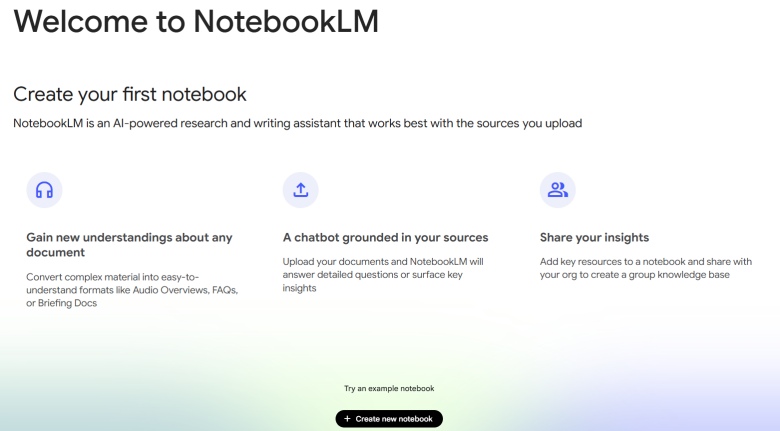
How to Get Started with NotebookLM
- Visit notebooklm.google.com.
- Sign in with your Google account.
- Start a new notebook.
- Upload your source material: PDFs, Docs, slides, or pasted notes.
- Prompt it with questions like:
– “Summarize key takeaways from these onboarding documents.”
– “Where do these product messages align or conflict?”
– “Draft a campaign outline based on these interviews.”
NotebookLM is currently free to use for Google account holders. There’s no cost to try it—and no better time to explore its potential before Google considers rolling out premium features or integrations down the road.

Marketer Takeaways
- NotebookLM turns scattered documents into strategic clarity.
- It’s built for synthesis—not just generation.
- It delivers content, messaging, and insights grounded in your actual materials.
- It helps cross-functional teams align faster with fewer meetings.
- It transforms dense content into assets that are immediately useful—fast.
Media Shower’s AI marketing platform turns your marketing insights into publication-ready assets. Click here for a free trial.
